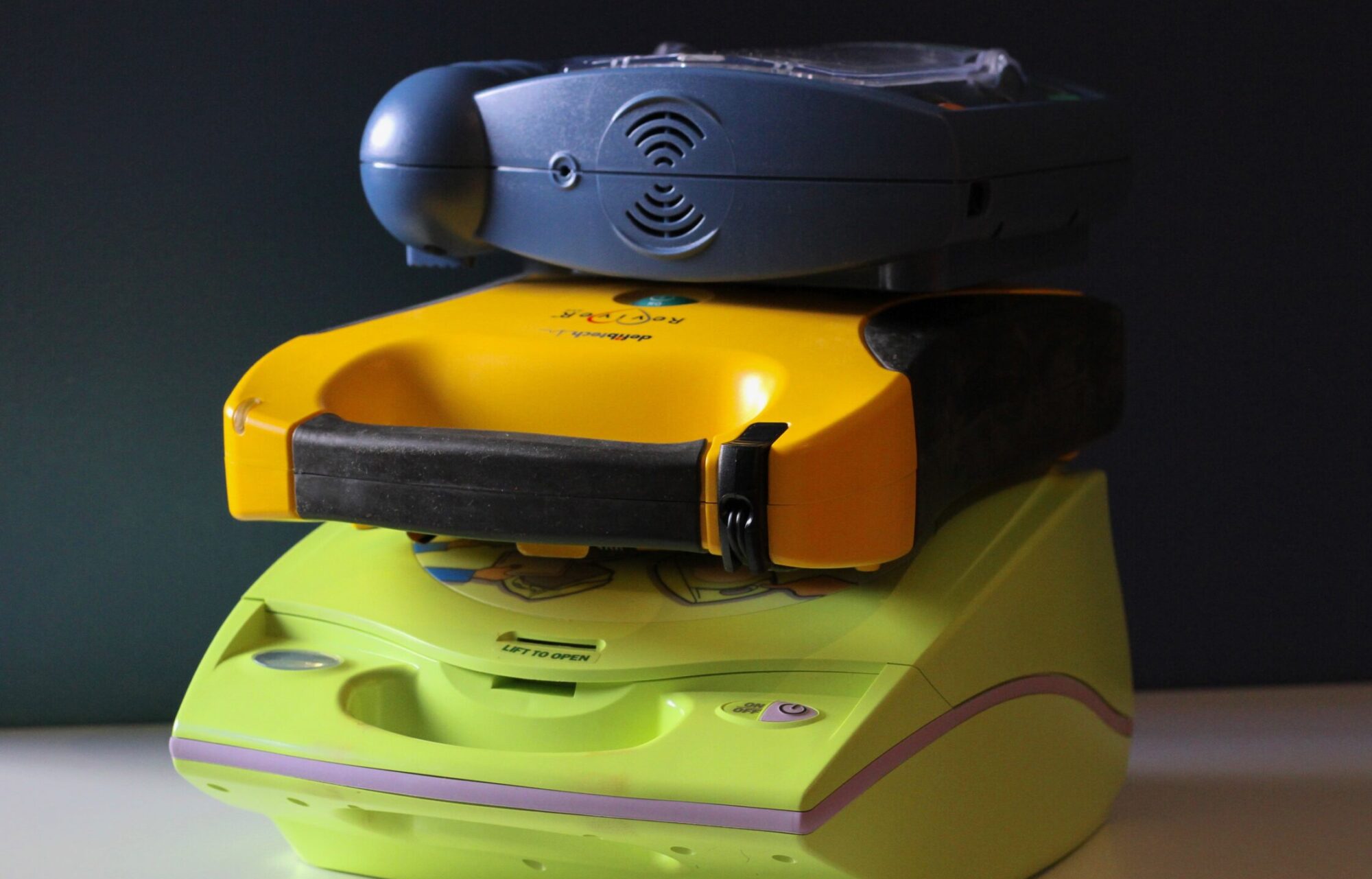Let’s start with the definition. What is the difference between a fully-automatic AED and a semi-automatic AED?
As you know, all AED units read a patient’s heart rhythm once the electrode pads have been applied to the patient. They all determine if a patient is in a “shockable” rhythm or not. But, the key distinction between the two AED unit types is that:
- Semi-automatic AEDs, like the Philips OnSite, require users to manually press a “shock” button when they want to deliver life-saving energy.
- Fully-automatic AEDs, like the Physio Control CR Plus, deliver the energy (automatically) without user intervention.
Now, the “semi-auto AED crowd” would like you to believe that requiring a person to “press” the button helps reduce the chances of error or, more specifically, that a responder might be still touching the patient when the AED unit delivers its shock. They claim that this extra step helps make sure that everyone is adequately “clear” of the patient.
Conversely, the “fully-auto AED crowd” stresses that bystanders are afraid of pushing a button and this results in a delay, which results in a longer time-to-defibrillation, thus worse patient outcome.
So, who’s right?
Let’s let the facts speak for themselves. Research indicates that bystanders don’t make the errors the “semi crowd” claim and that semi-auto AED units DO INDEED take longer for bystanders to use than fully-auto.
Therefore, in our assessment between a fully-automatic or semi-automatic AED, the combo of rare bystander errors + faster time-to-defibrillation means that a fully-automatic AEDs unit is superior to a semi-automatic AED.
Next, learn more about the importance of an AED unit’s size and weight, or check out all of the AED comparison factors.
